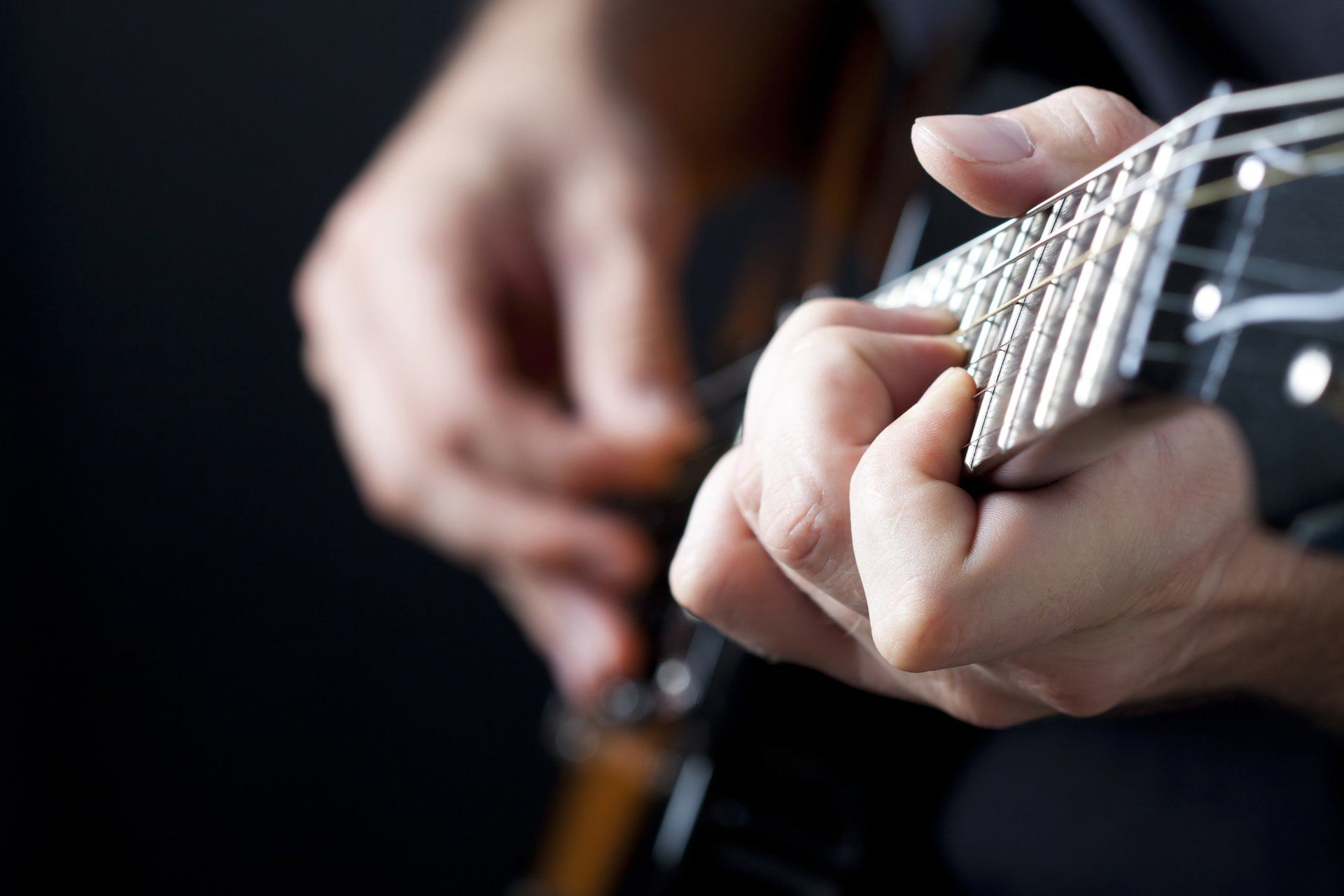Creating and using runs
This is a subtitle for your new post

Manic Street Preachers - Slash 'n' Burn (02:55)
Here we have an ascending run, mixing chromatic notes into the E blues scale which builds tension into the last chorus of the song. Note that this song was recorded in Eb tuning.

17 Girls in a Row - Steel Panther (02:25)
This one is a stuttering descending pentatonic run to bring the solo to a close. This song is also in Eb tuning and comes with a content warning!

So, how do you construct a run, and how do you get it fast?
As always, the key to speed is practising slowly, building up speed gradually, and focusing on accuracy, but we can achieve some speed a bit more easily if the run we work on has a repetitive pattern.
Have a look at this run...

... you'll notice that it descends 4 notes down the minor pentatonic scale, then goes back up one note and then repeats the same pattern on the next 2 strings. If you know your minor pentatonic scale well, then this 4 note pattern should be easily repeatable. Read it backwards and replace the pull-offs with hammer on's for an ascending run.
Here's another run using the same idea, but this time it's a six note pattern played in triplets...

This one descends three strings, then back up one string and repeats.
Get these first two patterns done before PART 2, where we'll look at some more complex patterns and some other uses for these patterns.
Enjoy!



